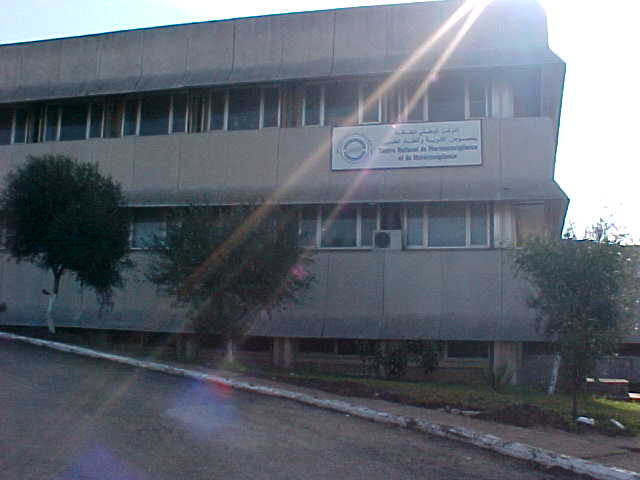The previous four courses at Algiers’ summer course are oriented on Groningen method, but as you know this method is for prescribing physicians and not for pharmacists. At each course appreciatively 60 % of our participants are pharmacists, and there is no sense to teach them how to prescribe in place of how to dispense the medicines. According to, we decide to teach the problem-based and skill-based learning to equip with skill and knowledge the physicians and pharmacists all together and to develop a partnership between the two professionals in order to use medicines successfully and more securely (see the figure). The Groningen method is always used for physicians, but in parallel, a teaching method based on problem solving process and normative decision process is integrated for the pharmacists. The course for pharmacists introduces a logical step-by-step approach to solve the patient’s problem either by counselling the patient suffering from symptoms (including screening for the potential disease related to the apparent symptom and risk assessment by a software analysis programme developed for this issue) when the patient need a pharmacist’s advice or want to know more about his disease and medication. In addition, analysing the physician’s prescription to secure the medicines before to deliver them (by using “l’opinion pharmaceutique” called also “pharmaceutical opinion formulary” (figure) when more information is needed before dispensing medicines, this is the physician-pharmacist partnership or co-operation to secure the treatment and the outcome. The apprenticeship and examination using objective structured clinical examination (OSCE) are different in their content but not in their objectives. They are taking place at the same time, in the same area, in order to teach and evaluate the physician-pharmacist co-operation.
-
Objectives of the combined physician-pharmacist courses
-
Objectives of the physician course
The participants learn the following six logical and systematic steps according to the Groningen’s method (WHO method, WHO Collaborative Centre Groningen, Netherlands)
- Identify a patient’s problem.
- Specify the therapeutic objective.
- Select the P- medicines or P-treatment according to comparative efficacy, safety, cost and suitability.
- Write a correct prescription.
- Advice the patient on appropriate use of the medicine
- Make appropriate arrangements for follow-up.*
-
Objectives of the pharmacist course (in parallel to the physician course)
The participant learn the following six-steps as described by the method (Algiers’s method, Algeria)
Assess the risk through the symptom(s) described by the patient (use specific software analysis programme).
- Advise the patient about the disease and adopt attitudes compatibles with humanitarian pharmacy (listening, questioning, empathy, respect, and negotiation).
- Analyse the prescription of the physician before to deliver medicines
- Validate the correct prescription before dispensing the medicines.
- Inform the patient about the objective of the treatment and on appropriate use of the medicines.
- Make appropriate follow-up according to the therapeutic objective.
-
Objectives of the physician-pharmacist partnership (co-operation)
- Check for the legal and professional conformity of the prescription.
- Insure a better analysis of the cost of the prescription and propose a lower price medicine.
- Use the pharmaceutical opinion formulary to inform the prescribing physician if necessary.

Figure : The two methods for good prescribing and dispensing essential medicines and physician-pharmacist collaboration (in the middle). -
Course objective
The course is based on the development of a two-way interactive communication process between physician-patient, and pharmacist-patient, and pharmacist-physician. We expect to equip students at clerkship (5th year of graduate medicine and 4th year of graduate pharmacy) with adequate knowledge and skills to advise on safe, rational and appropriate use of essential medicines in general and also in chronic diseases like tuberculosis, AIDS, malaria. The course will enable the participants to plan, develop and implement the problem-based teaching method at their local medicine and pharmacy schools.
-
Language of the course
The course will be conducted in French, and announced every year at E-drug, e-med and in our web-site.
Dernière Mise à jour : Mars 2017







